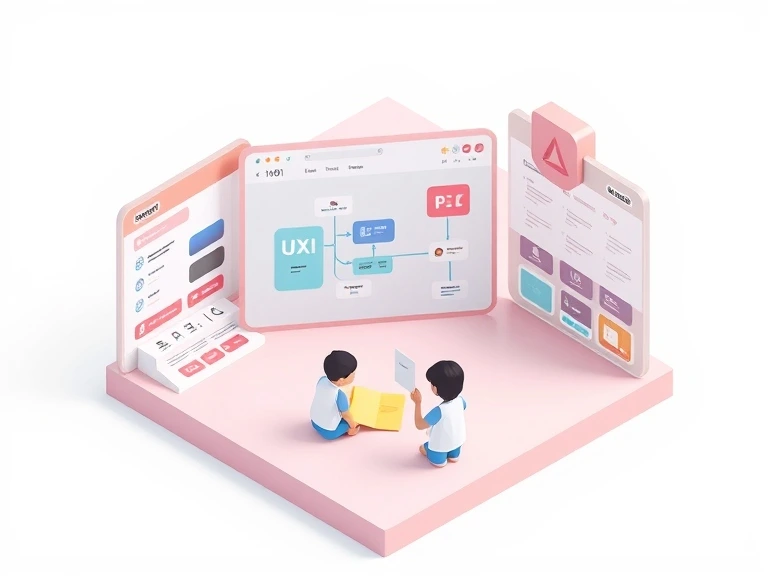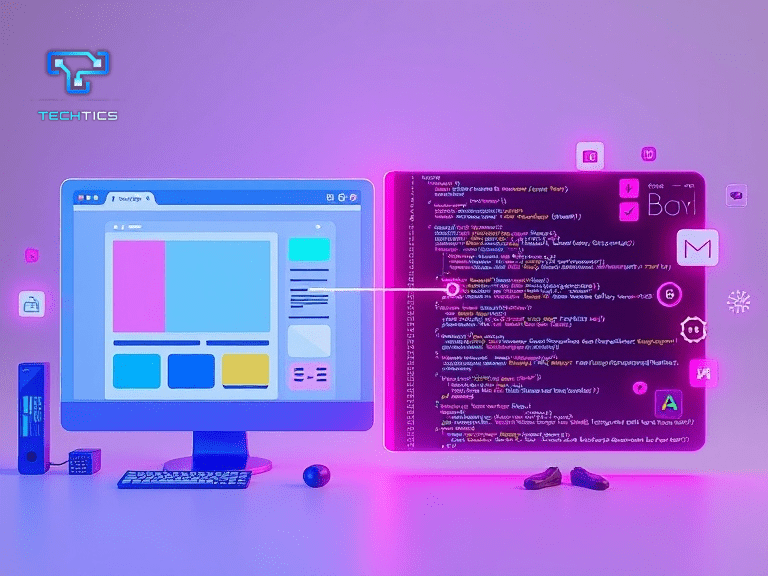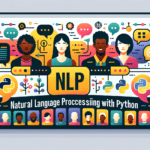Web design and development are required to create a website that looks appealing, functions smoothly, and delivers a top-notch user experience. While these roles often work closely together, they entail distinct skill sets, responsibilities, and career paths. Let’s explore the key differences between web design and web development, understand how they complement each other, and explore potential career opportunities in each field.
What is Web Design?
Web design involves conceptualizing and planning a website’s aesthetic and interactive elements. It is like crafting the “face” of the website that users see and interact with. Web designers focus on making websites visually appealing, easy to navigate, and aligned with the brand’s identity. They combine elements of graphic design, user experience (UX), and user interface (UI) design to create a seamless digital experience.
Critical Areas in Web Design

- User Interface (UI) Design: UI designers are responsible for designing all the interface elements that users interact with, from buttons to menus. UI design ensures that each part of a website is accessible and intuitive, supporting the brand’s message throughout the application.
- User Experience (UX) Design: UX designers focus on the functionality and usability of a website. They analyze user behavior and feedback to design interfaces that make navigation easy and satisfying, addressing any pain points users may encounter.
- Visual Design: This includes the colors, images, fonts, and layout of a website. Web designers use color theory, typography, and graphic design principles to create visually appealing pages that align with the brand’s aesthetics.
Tools Used by Web Designers
To bring their visions to life, web designers use a range of tools:
- Adobe Suite (Photoshop, Illustrator, XD): Essential for creating and editing graphics, these tools allow designers to develop everything from simple logos to complex mockups.
- Figma and Sketch: These platforms are popular for prototyping and collaboration, enabling designers to create interactive wireframes that streamline the design process.
Skills Needed for Web Design
Web designers need a blend of creativity and technical skills, including:
- Proficiency in design software like Photoshop, Illustrator, and Figma
- Basic knowledge of HTML, CSS, and JavaScript to understand how designs are implemented
- A firm grasp of color theory, typography, and layout principles
- Knowledge of SEO and data analytics for enhancing user experience and engagement
While formal degrees in graphic design or visual arts can be advantageous, many designers build their skills through online courses, workshops, and certifications. Coursera, for example, offers a Google UX Design Professional Certificate, which covers essential design concepts and user-centered practices.
What is Web Development?
Web development is the technical backbone of a website, involving coding and programming that brings a designer’s vision to life. Developers work with client-facing elements (front end) and server-side functionality (back end) to ensure a website runs smoothly and efficiently. They manage everything from structure to security, ensuring the website performs well across different devices and browsers.
Types of Web Development
- Front-End Development: This development aspect involves coding the parts of the website users interact with directly, such as text, images, and layout. Front-end developers use HTML, CSS, and JavaScript to make these elements engaging and responsive.
- Back-End Development: Back-end developers focus on server-side tasks, including data storage, user authentication, and database management. Common languages include Python, Ruby, and SQL, and frameworks like Django and Flask are popular in building robust back-end systems.
- Full-Stack Development: Full-stack developers are proficient in front-end and back-end technologies, allowing them to manage projects from start to finish. They work with both the user interface and server functions, offering a comprehensive approach to web development.
Tools Used by Web Developers
Web developers use a range of software and frameworks, depending on their specialization:
- Front-End Tools: Developers use HTML, CSS, JavaScript, and libraries like React and Angular to build dynamic, responsive websites.
- Back-End Tools:js, Django, and Flask are commonly used frameworks for creating the server side of applications. SQL databases (MySQL, PostgreSQL) are essential for managing data storage.
- Version Control Systems: Platforms like Git and GitHub allow developers to track and manage changes in the codebase collaboratively.
Skills Needed for Web Development
Technical knowledge and problem-solving skills are vital for web developers, including:
- Proficiency in programming languages such as HTML, CSS, JavaScript, Python, and Java
- Knowledge of database structures and management
- Familiarity with APIs and debugging tools
- Strong analytical skills to troubleshoot issues and optimize performance
Many developers have computer science degrees or have completed specialized coding boot camps. The Meta Front-End Developer Certificate can validate skills in high-demand areas.
How Web Designers and Web Developers Collaborate
The collaborative process between designers and developers is crucial in bringing a website to life. Designers typically start by creating mockups, prototypes, and style guides that define the site’s look and feel. Developers transform these designs into functional websites, ensuring they work seamlessly across devices and browsers. Effective communication between these teams is essential, as designers may need to adjust visual elements to accommodate technical requirements. At the same time, developers might offer suggestions to enhance usability and performance.
Web Design vs. Web Development Career Paths
Both web design and web development offer diverse career opportunities, each with its own paths and specializations.
- Web Design Careers: As a web designer, you might specialize in UX, UI, or graphic design. Opportunities exist in various industries, from tech companies to advertising agencies. Freelance work is typical, as many businesses seek unique, brand-aligned websites.
- Web Development Careers: Web developers often find employment with tech companies, startups, and digital agencies. You can specialize in front-end, back-end, or full-stack development, with high demand for all three. Developers who master popular frameworks and languages may also pursue careers in app development or software engineering.
Conclusion
Understanding the difference between web design and web development is essential for anyone interested in a career in the tech industry. While designers focus on creating visually appealing and user-friendly websites, developers bring these ideas to life with code and functionality. Both roles are in high demand and offer opportunities for growth, flexibility, and rewarding challenges. Whether you’re drawn to the creative side of web design or the technical aspects of web development, there’s a path for you in this dynamic and evolving field




